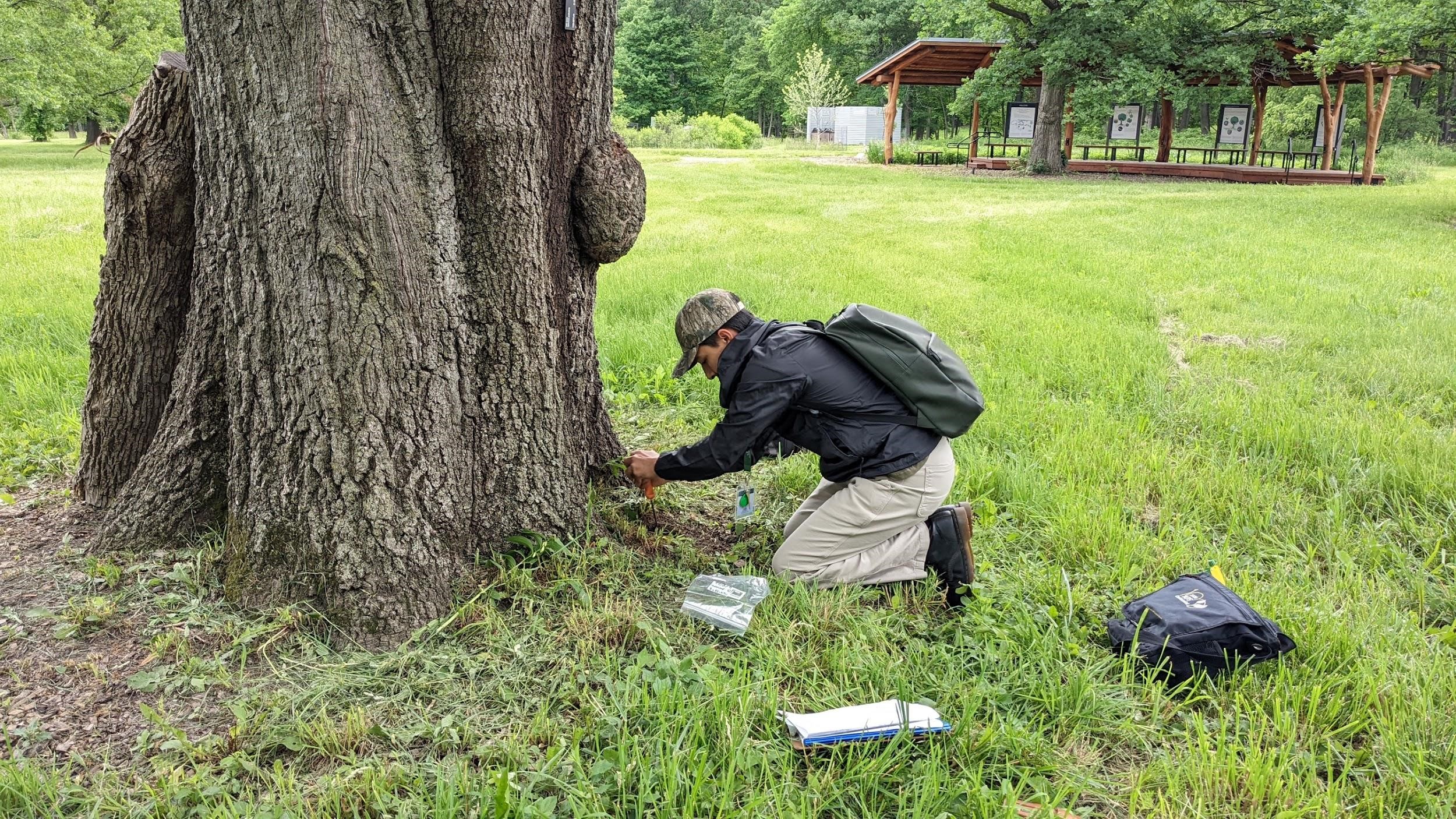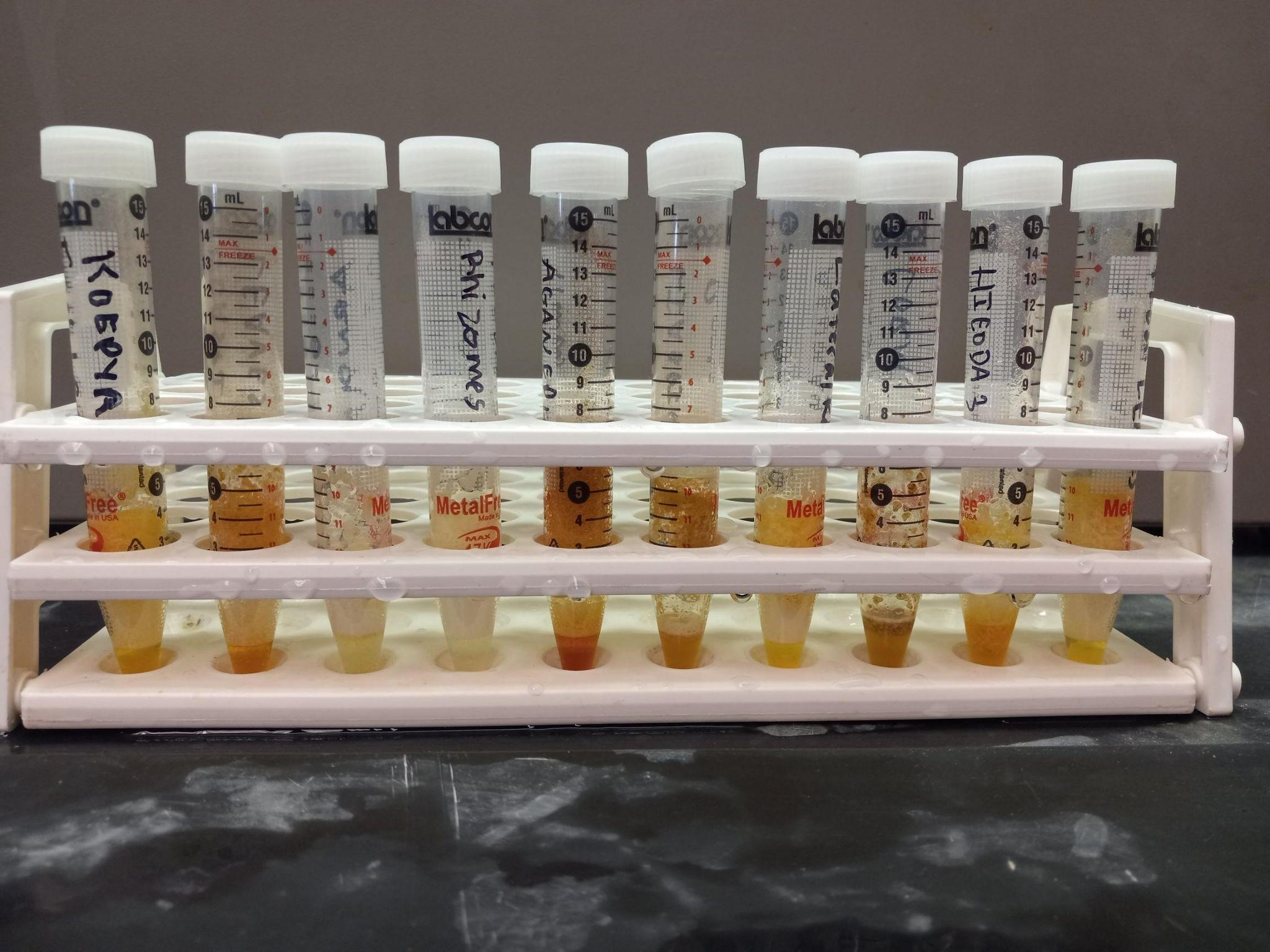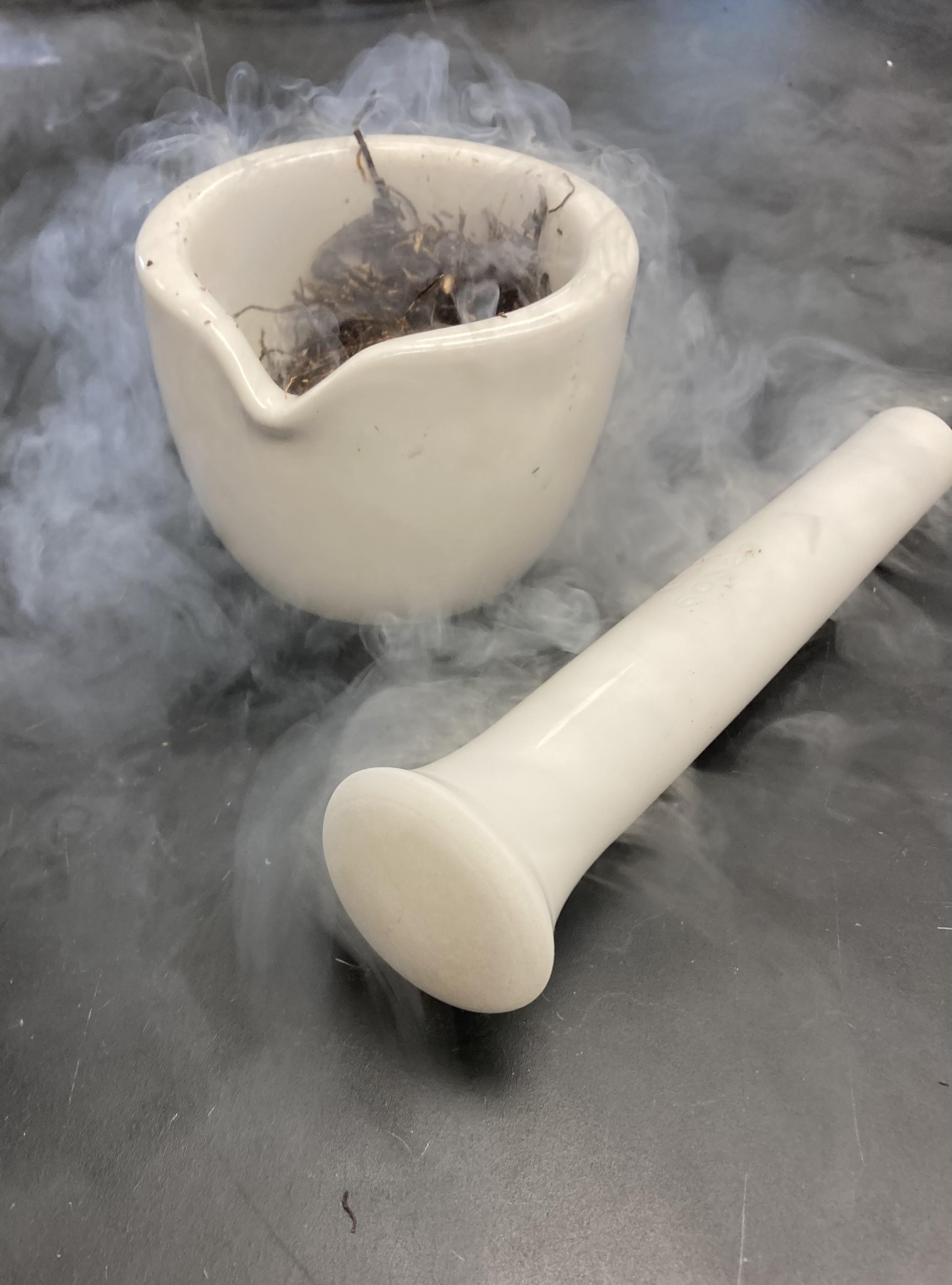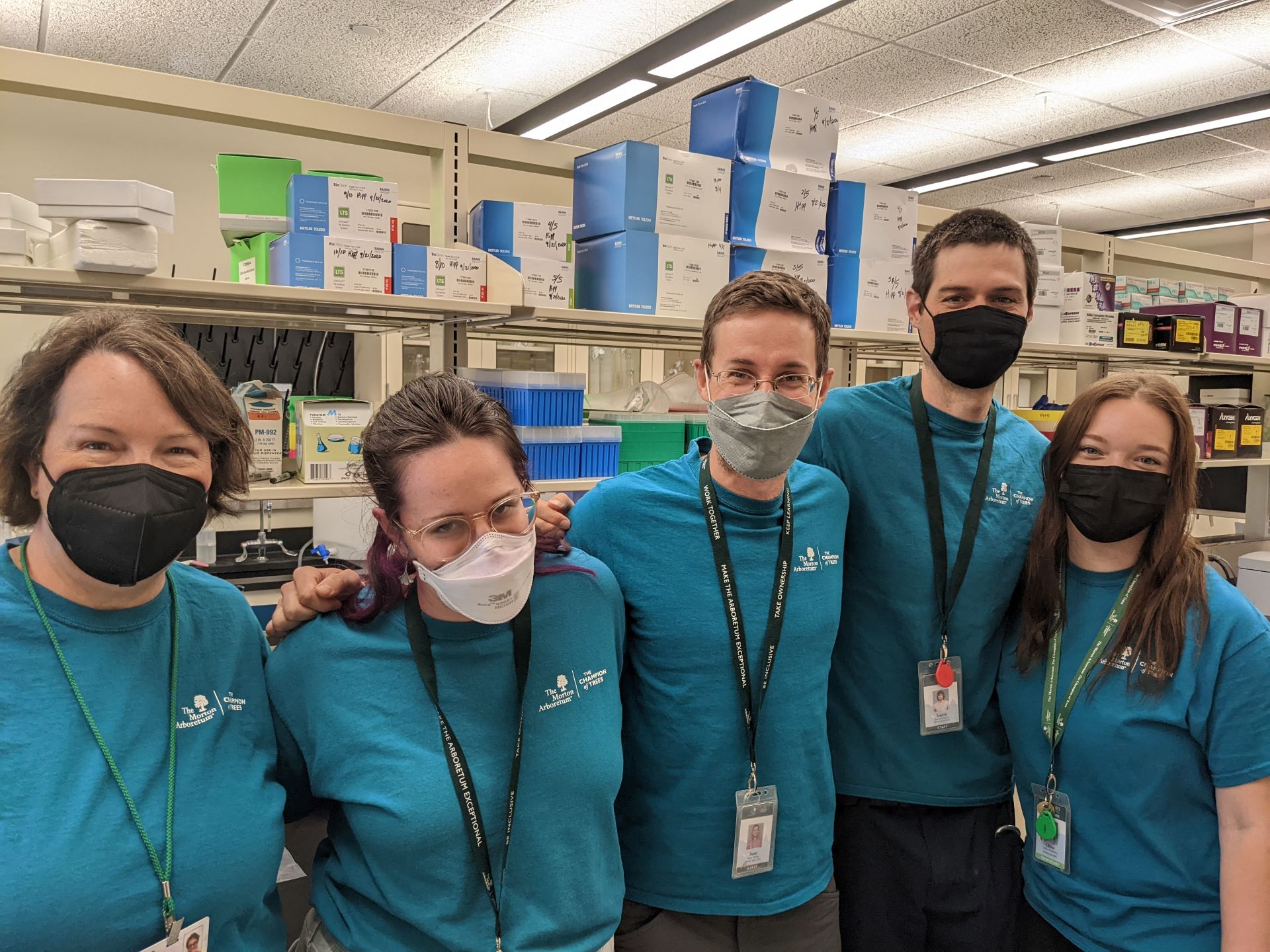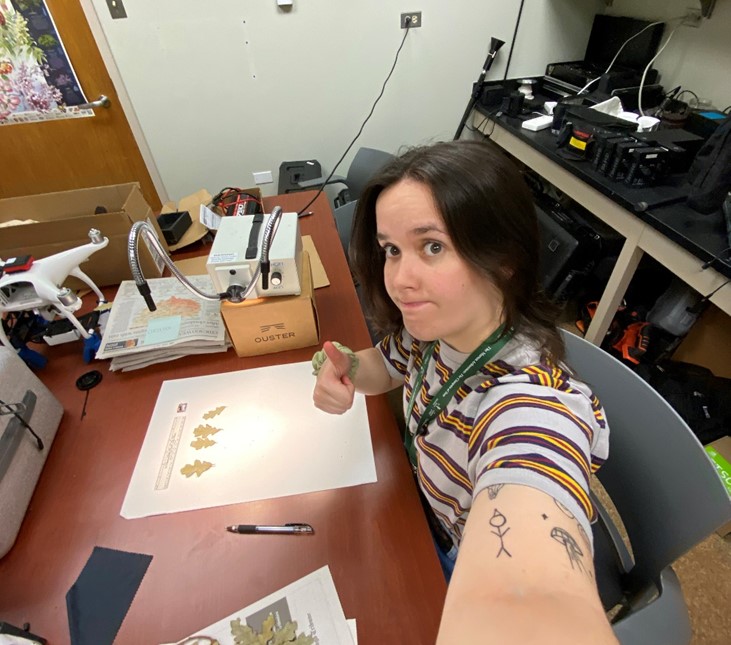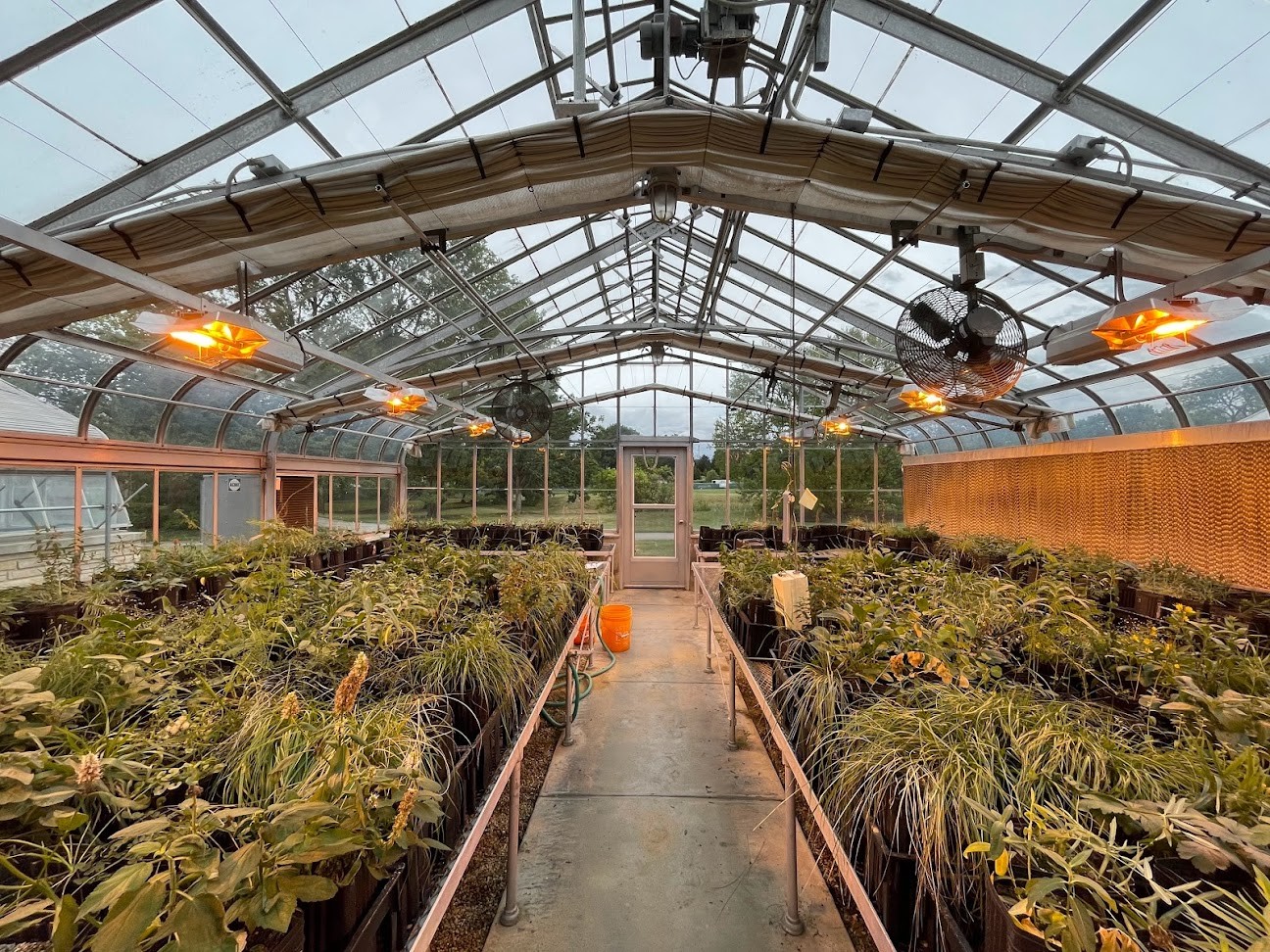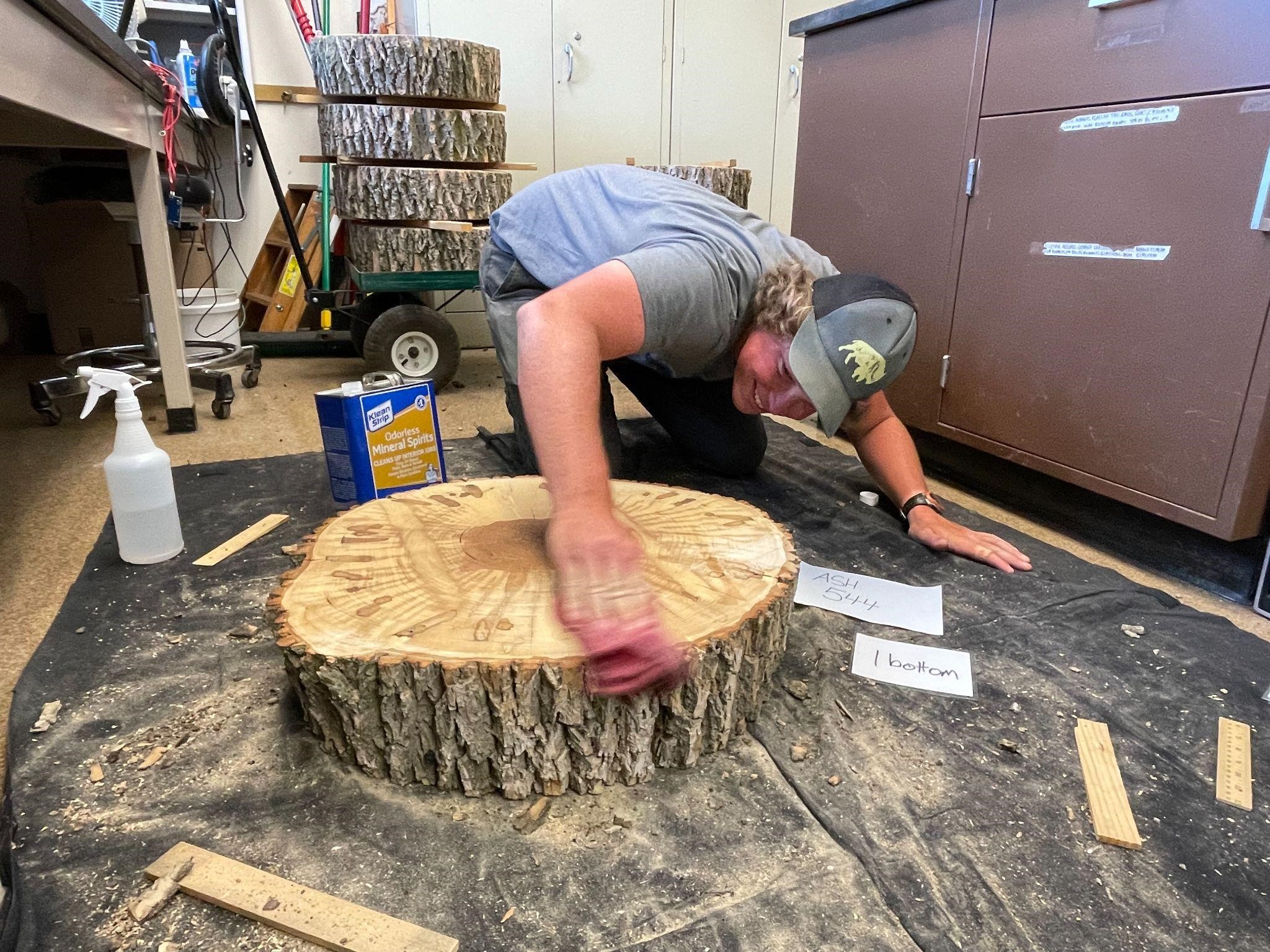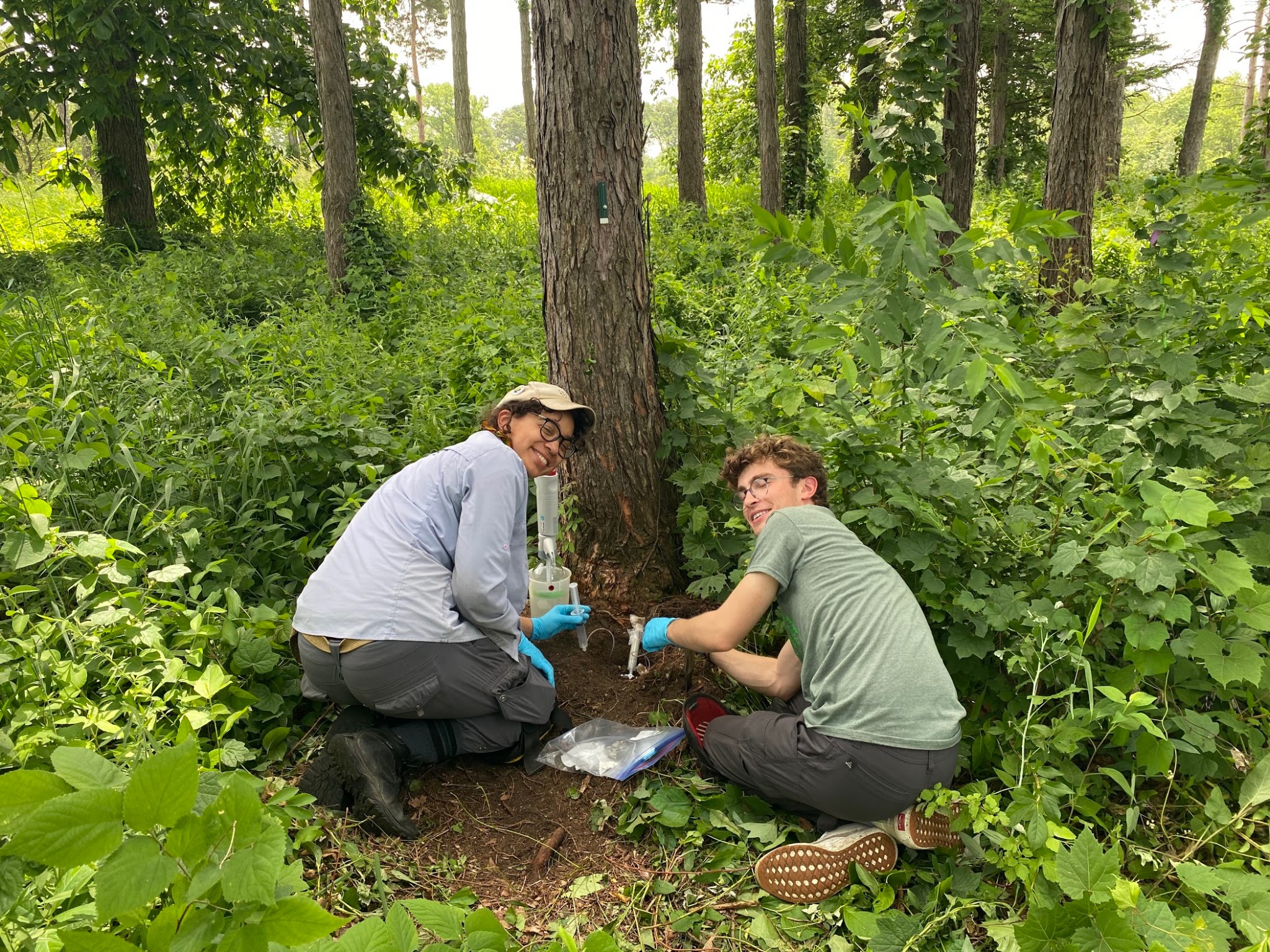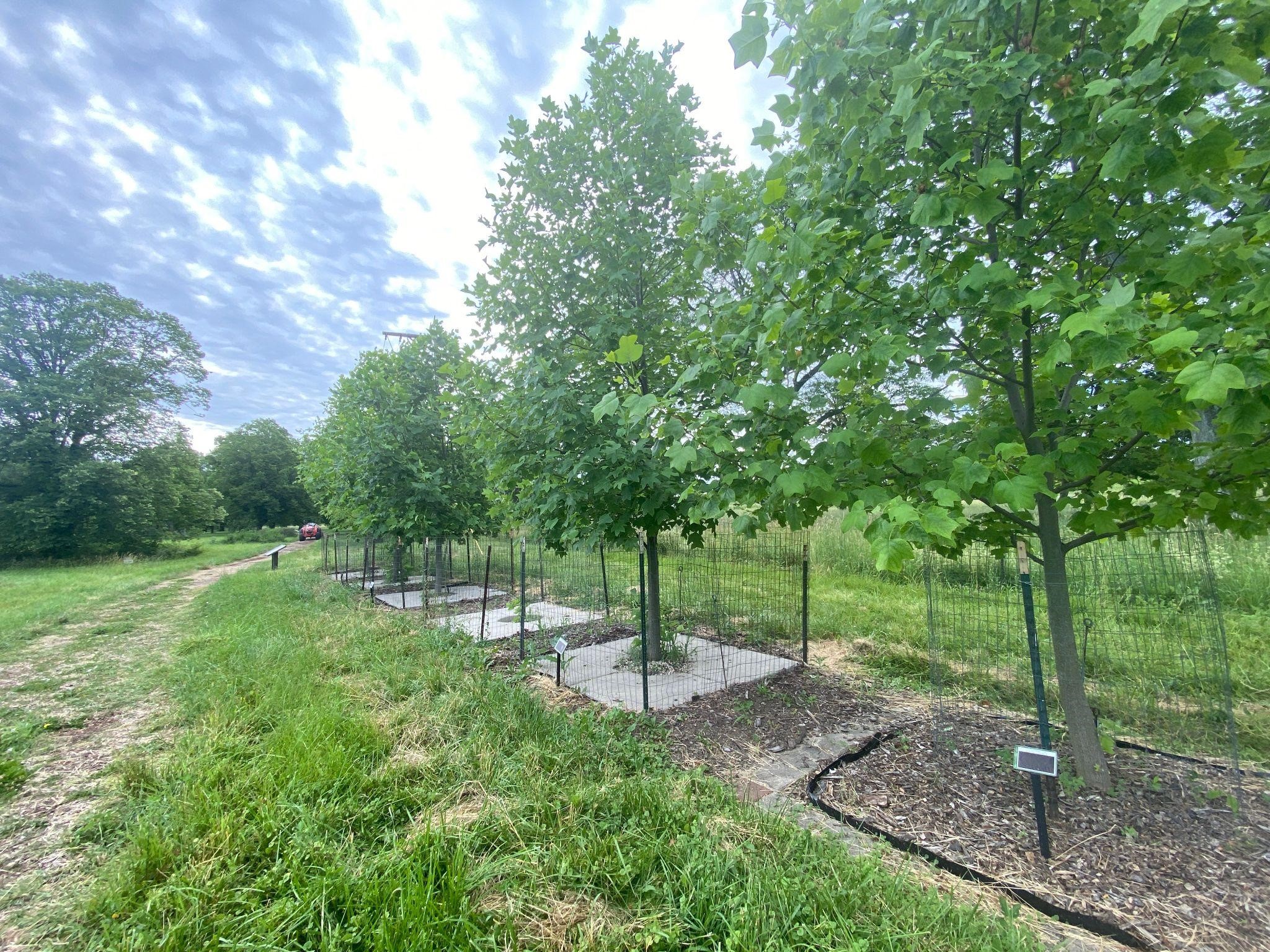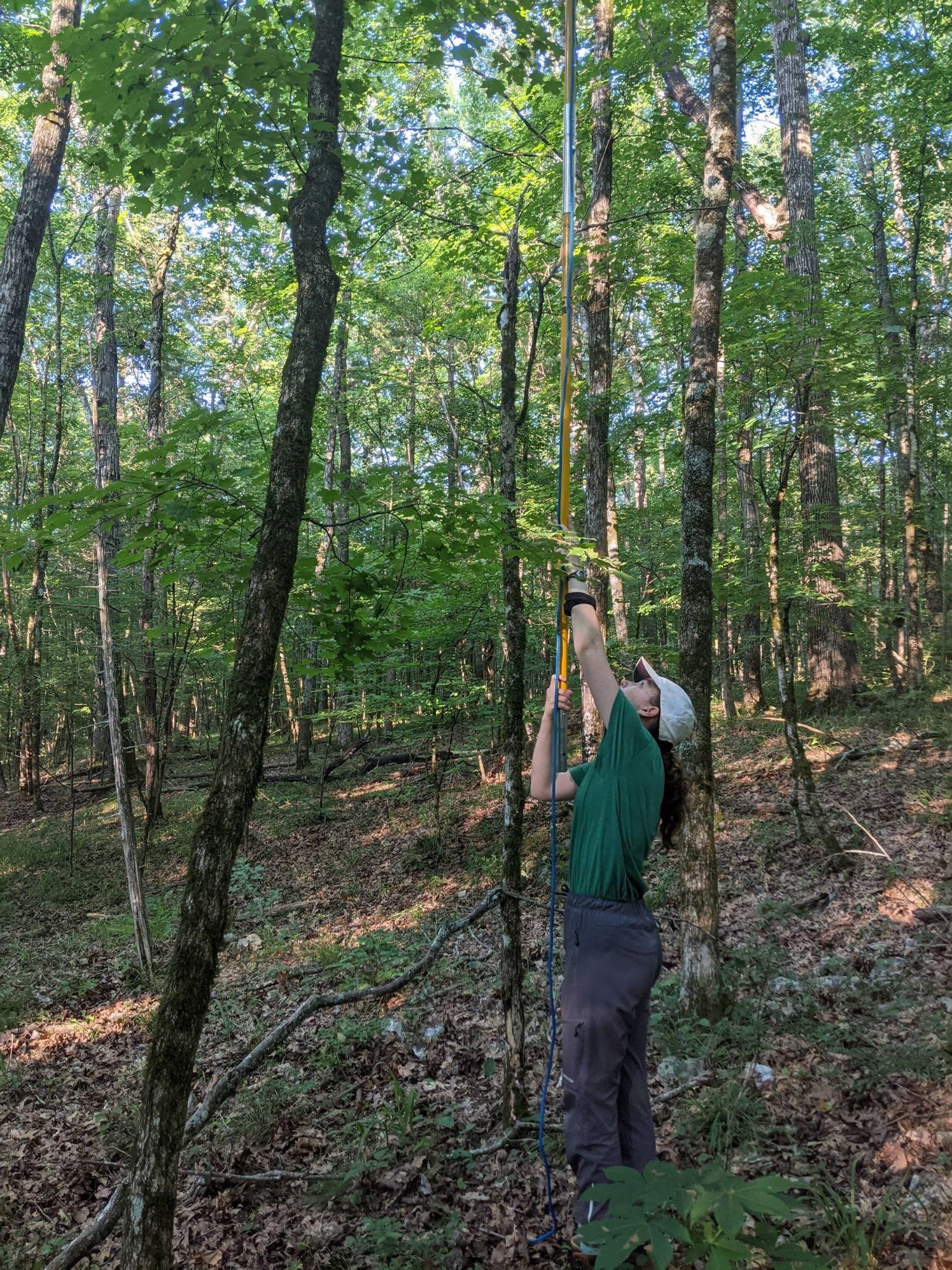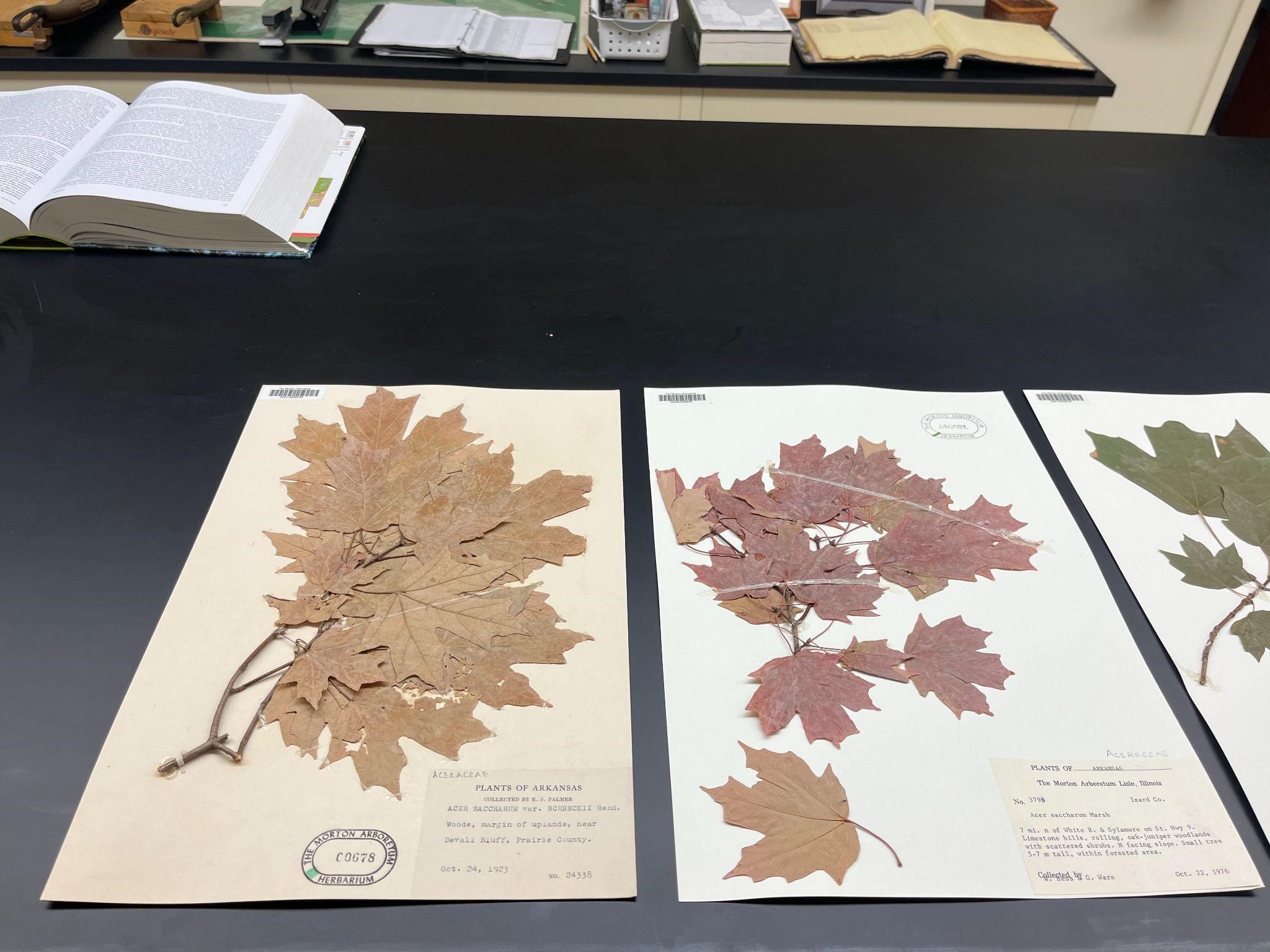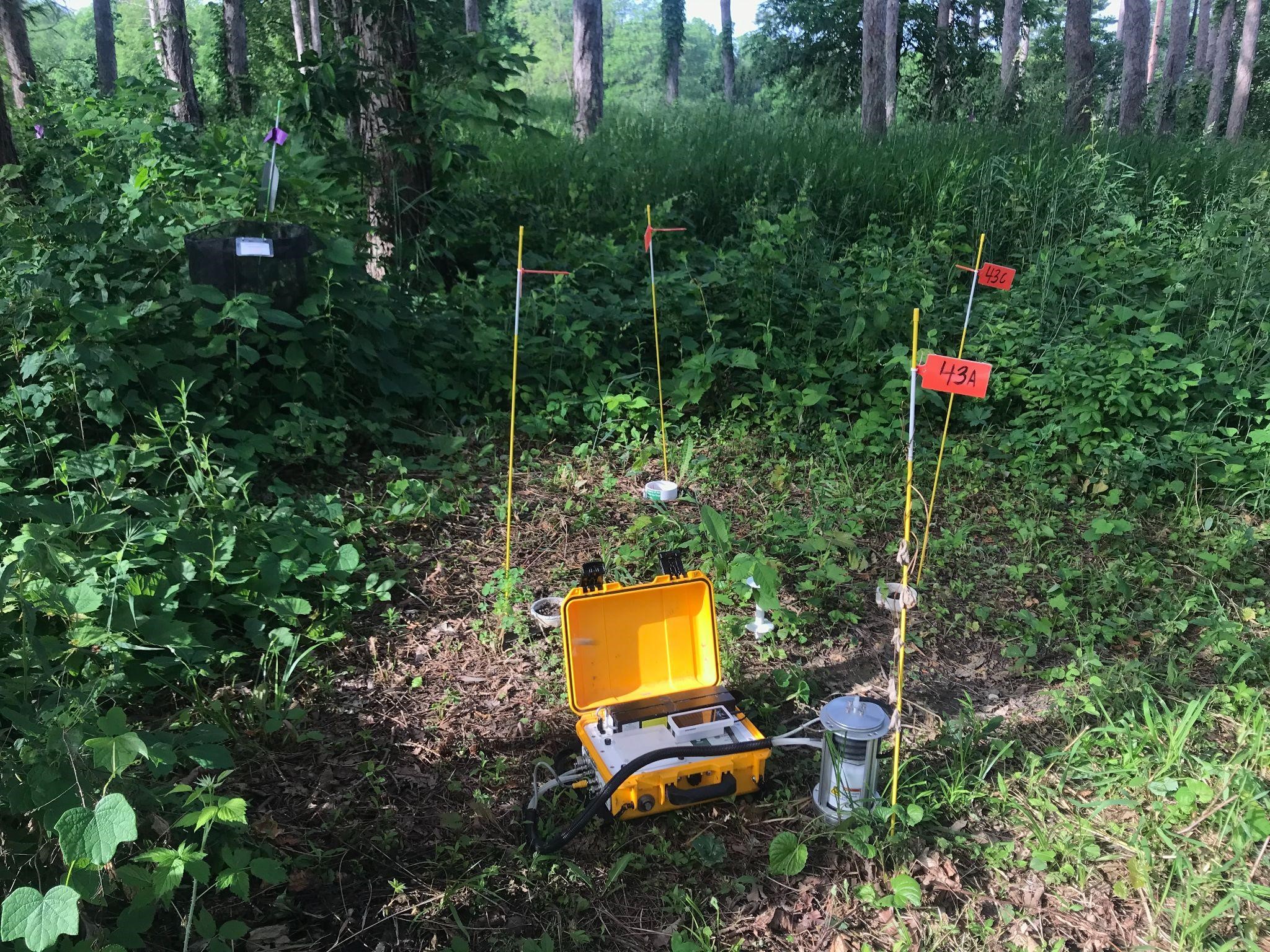“Coexistence: Plants, Elements, and Ecosystems”
The first Jurassic Park (1993) movie’s adventure, suspense, comedy, and science transformed my sense of life and existence when I was kid. More than anything, it inspired my curiosity about what was, what is and what could be. In the movie, scientists conducted research, learned about prehistoric animal genomes, spliced genes, and reanimated Jurassic-era dinosaurs. Yet, prehistoric animals weren’t the only organisms brought back to the 20th Century.
Plants like ferns, cypress, ginkgos, and cycads (all of which still exist today and are present at The Morton Arboretum) were either brought back or utilized to recreate Jurrassic-era plant environments.
While just about all of science interests me, if I were a scientist in the first Jurassic Park movie, I might have needed a 100-foot radius of barbed-wire surrounding me in the field, but I’d study the plants…
Whis is what I do now as a budding scientist in the 21st Century (without the barbed wire, presently that is). I study plants and their interactions influenced by non-living (or abiotic) materials like elements, and living (or biotic) factors, like microorganisms, and how their development over evolutionary time (a very long time) contributes to how they function or grow, reproduce, survive and interact in their environments. Even more so, I study how their interactions impact ecosystem health, such as climate regulation and nutrient cycling, including within human societies.
My summer 2022 research project is looking at differences in herbaceous plant elementomes (elemental makeup) and hyperaccumulation (high levels of metals in plants), their impacts on ecosystem nutrient balance, and if plant families or lineage relationships play an impactful role. The herbaceous ecosystem I study is called Ware Field, and it is an experimental prairie. My mentor is Dr. Meghan Midgley and I work in her Soils Ecology lab.
Plants like all organisms are made up of a mixture of elements that you probably remember learning about from the Periodic Table in school. Just as we humans drink water to stay hydrated, and eat food to gain nutrients to sustain and support our bodies, plants do the same thing.
In plant science, the elementome or specific combination of elements in plants not only allows for plants to be plants, but also contribute to the balance of nutrients and minerals in soil, air and water.
Plant food is a combination of elements and molecules. Just like human food, plant food could also be low or high in nutrients, or be utilized in any other combination, including impacted by types of essential, and non-essential metals present in the soil, such as arsenic, lead, and chromium. Usually, arsenic, lead, and chromium are fatal to plants, but some plants are able to survive, grow and reproduce despite having high concentrations of toxic metals within their organs.
Every Plant due to its genetics, evolutionary lineage, and ecological and physiological processes has distinct elemental makeups that coexist within plant organs (roots, leaves, stems), but may be altered and/or impacted by different elemental combinations within a particular environment. To get a better look at the elemental makeup of some of the Ware Field plants so that I can understand their nutrient needs and hyperaccumulation impact on growth and community assembly, and if there are elementome trends across their lineages, I first treated plant tissues with mechanical and chemical processes.
